Last updated on March 28, 2024
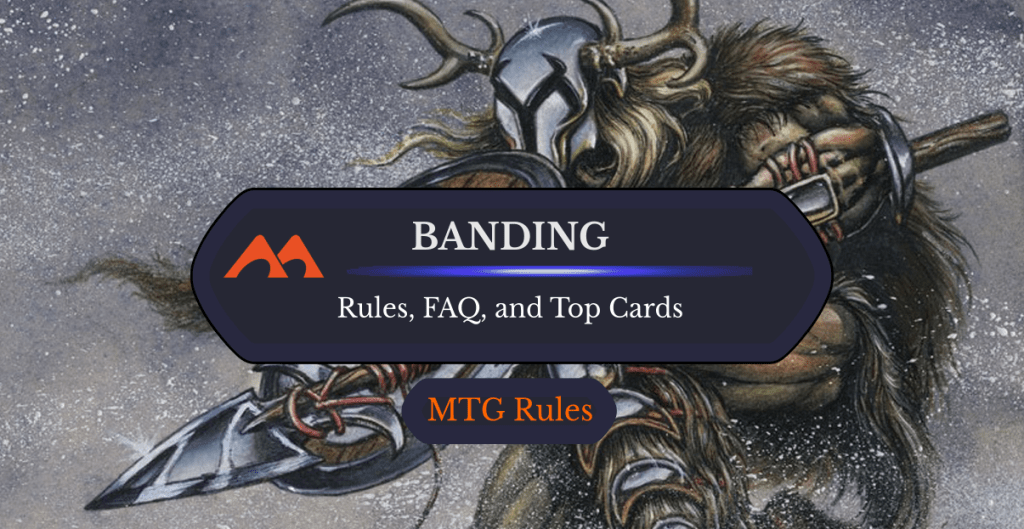
Kjeldoran Knight | Illustration by Ron Spencer
Hello planeswalkers! Today I'm looking at the keyword banding, famously known for being needlessly complicated. Well don’t worry, because I’m about to break down this keyword so that you may finally understand it.
But what is banding, and how could it be helpful in your next deck? Can a creature have multiple instances of banding? Is banding good? I’ll dive into these and many other questions about banding!
How Does Banding Work?

Shield Bearer (Ice Age) | Illustration by Dan Frazier
Banding is a static ability that changes the rules of combat by grouping creatures into a “band.” The keyword changes who can decide how combat damage is assigned.
When a blocker is declared against attacking creatures in a band, the attacking player gets to decide how the blocking creature assigns its combat damage instead of the defending player. On the flip side, when blocking with a creature with banding, the defending player gets to decide how the attacking creature’s combat damage is assigned instead of the attacking creature’s owner.
So how do creatures become a “band”? An attacking creature with banding can join in a band with all creatures with banding, and up to one creature without banding. The creatures in a band now attack the same target together and assign their combat damage together.
When defending, creatures don’t need to band together since you're already allowed to block one creature with multiple defenders. Blocking with a creature with banding allows the defender to decide how the attacking creature’s combat damage is assigned.
The History of Banding in MTG
The banding mechanic was introduced in Alpha as the keyword “bands.” The actual keyword “banding” was introduced in Arabian Nights in December 1993. Banding lasted from 1993 until the release of Weatherlight in 1997.
The keyword is no longer in use, but it's made some appearances in Master Editions and fun sets like Unhinged. MTG developers decided to discontinue the keyword because it became confusing and unenjoyable for players.
Banding isn’t considered an evergreen keyword since it's no longer used and hasn't been used for over two decades. Since it’s no longer used in the Modern-era sets, all the cards and strategies that I'm going to discuss is only relevant for eternal formats. Banding cards are legal in Legacy, Vintage, Commander, and Pauper.
What Colors Use Banding?
The majority of banding cards are white, with about an 80% share of the card colors. Red, green, and colorless make up the rest of the banding card colors.
How Do You Give a Creature Banding?
The majority of instances of banding are printed as a keyword on a creature. But some noncreature cards can give a creature banding.
Nature's Blessing, Helm of Chatzuk, and Baton of Morale are a few examples.
What Happens if a Creature in a Band is Blocked?
Creatures in a band attack the same target, assign their combat damage together, and are blocked together. If one creature in a band is blocked, all of the creatures become blocked.
If you have a flying creature and another nonflying creature in a band, the nonflying creature can be blocked and the flying creature will be blocked as well. The creatures in the band all assign their combat damage to the blocking creature, but the attacking player decides how the blocking creature assigns its combat damage to the banded creatures.
Can a Creature Be Part of More Than One “Band”?
No, creatures can only be part of one band. You can have as many attacking bands as you want, but a creature can't be a member of more than one band. Once a band is declared the individual creatures can't join another band.
But banding only lasts until combat is resolved. So creatures may be in different bands on different turns.
Can a Creature Have Multiple Instances of Banding?
Technically a creature can have multiple instances of banding, but it's redundant. Multiple instances don’t allow a creature to be in more than one band or bring in more than one attacking creature into a band.
What Happens if A Permanent Loses Banding?
If a band has been declared, then the creatures are in that band through the combat phase even if the banding keyword is removed. Banding can be removed outside of combat and then that creature is no longer able to band together with another attacking creature.
What Is “Band with Others”?
“Bands with others” is a specialized version of banding. It acts like the banding mechanic, except the banding can only be with specific creature types or qualities.
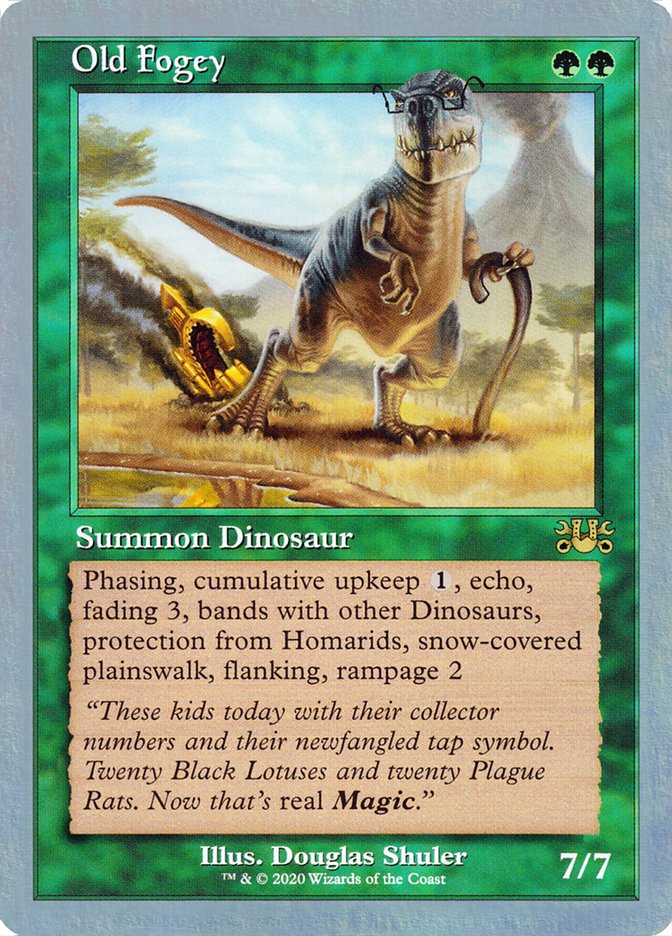
A fun example is Old Fogey, who can only band with dinosaurs.
How Does Trample Work with Banding? Can Banding Stop Trample?
In short, yes, a blocker with banding can stop trample. Banding changes who decides where combat damage is distributed, allowing the player who controls the banding creature (whether they're attacking or blocking) to make this decision. This means that you can choose to assign all damage, even excess trample damage, to your banding blocker instead of just lethal.
Is Banding Legal in Commander?
Yes, banding is legal in Commander.
Is Banding Banned?
No, banding isn’t banned. It's still legal in all eternal formats.
Does Banding Still Exist in MTG?
Banding still exists in MTG as a kind of forgotten relic. It was developed during the early years of MTG and was seen in multiple sets.
It just got too complicated with the rulings and scenarios, so it never became an evergreen ability and was no longer printed on new cards. Cards with banding are still legal in eternal formats though if you want to use them.
What Happened to Banding?
Banding is an old mechanic that no longer sees print in MTG. It was seen as a fun and new way to view combat.
It can be exciting and change how you may view the board when it comes to simple interactions and combat decisions. But the rules and clarity of banding become very difficult as interactions start to get more complicated and unique. WotC decided to stop printing and using the keyword thanks to this.
The last basic set that featured the keyword was the Fifth Edition set, and the last tournament-legal set with banding was Weatherlight.
Is Banding Good?
Banding is interesting, but not necessarily good from a competitive standpoint. I don’t think many people use it because of the low number of cards, complicated rulings, and limited format legality. I think that banding creates some interesting combos and can make the combat phase more interesting.
Gallery and List of Banding Cards
There are 41 banding cards than span from the Fourth Edition to Weatherlight sets plus appearances in Masters Edition, Masters Edition II, Unhinged, and Magic Online Promos.
- Nalathni Dragon
- Nature's Blessing
- Shield Bearer
- Kjeldoran Skycaptain
- Icatian Phalanx
- Errand of Duty
- Mesa Pegasus
- Knights of Thorn
- Benalish Hero
- Greater Morphling
- Volunteer Reserves
- Benalish Infantry
- Urza's Avenger
- Helm of Chatzuk
- Battering Ram
- Pikemen
- Teremko Griffin
- Noble Elephant
- Urza's Engine
- Kjeldoran Escort
- Soraya the Falconer
- Beast Walkers
- Ayesha Tanaka
- War Elephant
- Wall of Shields
- Baton of Morale
- Dire Wolves
- Kjeldoran Warrior
- Kjeldoran Skyknight
- Kjeldoran Phalanx
- Kjeldoran Knight
- Formation
- Cooperation
- Mishra's War Machine
- Timber Wolves
- Fortified Area
- Icatian Skirmishers
- Icatian Infantry
- Wall of Caltrops
- Tolaria
- Camel
Best Banding Cards
#5. Formation
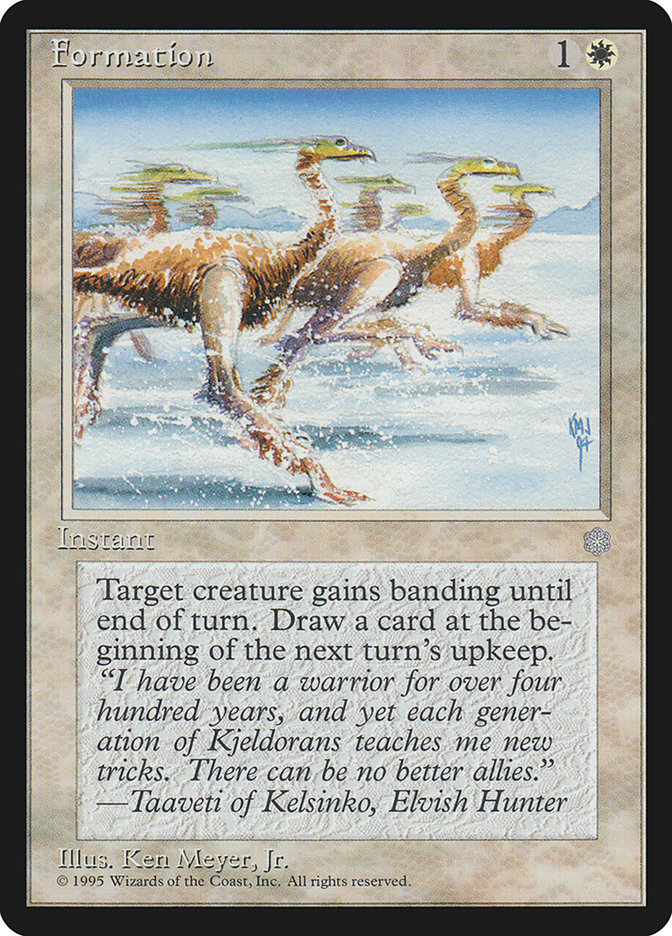
Let’s highlight an instant-speed card that can give a creature banding. Formation is a nice combat trick to make a stronger band of creatures, save a defending creature you like, and has the added the benefit of drawing a card on your next upkeep.
This is a fun card that could have some value in eternal formats.
#4. Icatian Skirmishers
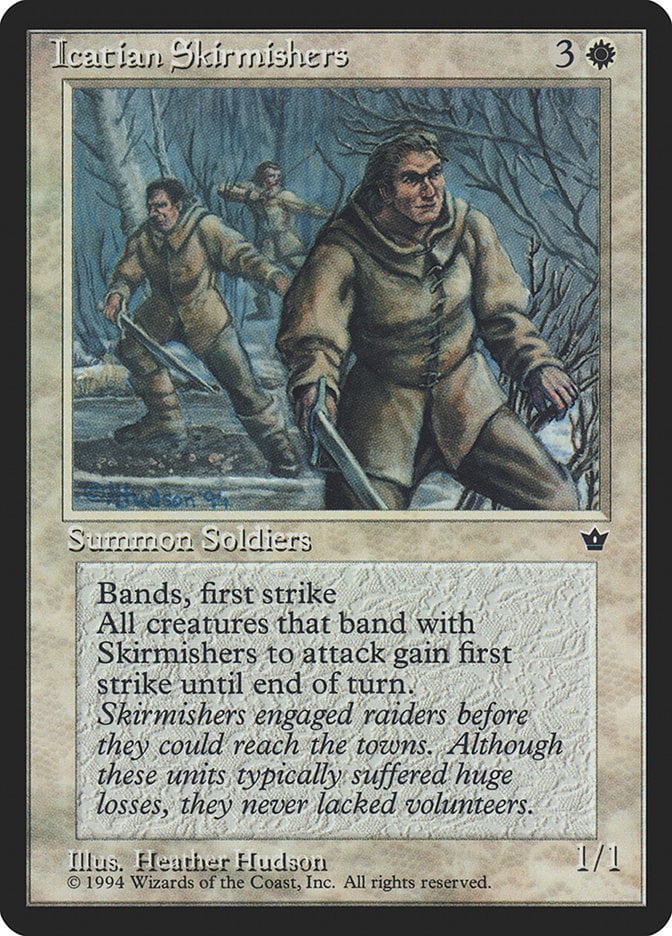
Icatian Skirmishers shines because it also gives the creatures it’s banded with first strike. Your attackers can now swing and you get to assign the minimum damage for your creatures to survive.
#3. Mishra’s War Machine

Mishra's War Machine looks like a very expensive and demanding card for your resources at first glance, but this card it can act like a finisher in your banding deck. The big creature becomes even bigger with banding.
This card doesn't have much value outside of a banding deck.
#2. Kjeldoran Knight

Let’s take a combat trick and add another one on top! Kjeldoran Knight is a great way to make huge attackers or impenetrable defenders without having to invest so much mana for expensive cards. Banding and activated pump abilities make this card a fearsome adversary.
#1. Helm of Chatzuk
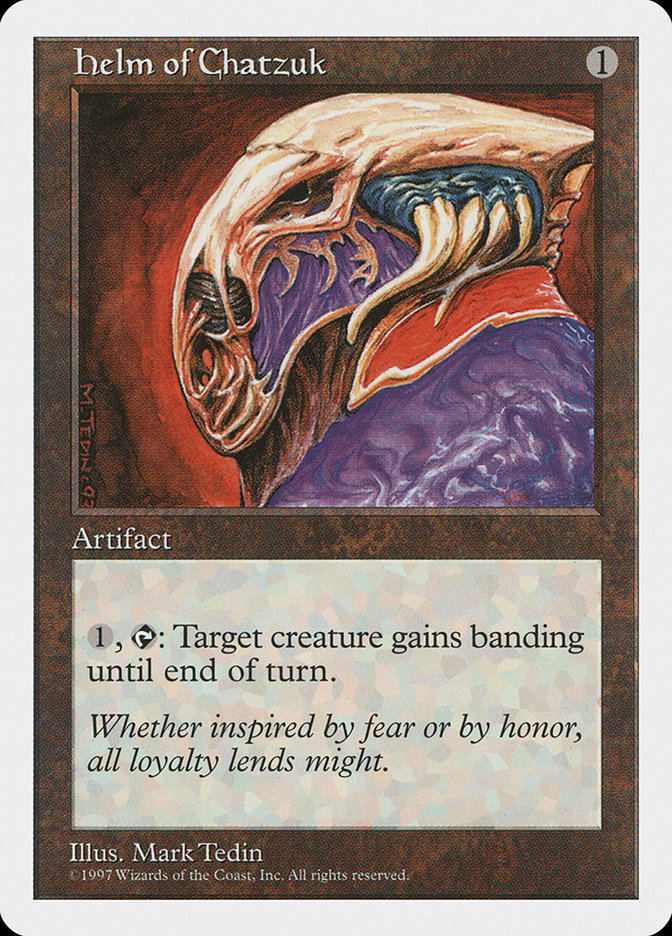
If you want to band some of your attackers or defenders to make strong and protected creatures, then why not give that ability to any of your creatures? Helm of Chatzuk allows you to give banding to any creature for the low cost of one mana.
Decklist: Banding in Legacy
Creatures (33)
Camel x4
Kjeldoran Knight x4
Mesa Pegasus x4
Mishra's War Machine x4
Noble Elephant x2
Pikemen x3
Shield Bearer x4
Volunteer Reserves x3
Wall of Shields x2
War Elephant x3
Artifacts (3)
Rakalite x3
Lands (24)
Desert x3
Plains x17
Sorrow's Path x4
Sideboard (15)
Aven Trooper x2
Carrier Pigeons x2
Great Wall x3
Juju Bubble x3
Knights of Thorn x3
Tolaria x2
There aren’t too many banding decks out there in the MTG universe. It was a keyword that was overly complicated and didn’t last for very long, but I found “probably the best banding deck out there.”
The power behind banding is being able to attack with multiple creatures as if they were one or build very effective defenses. The different keywords the creatures have can band together to make strong combos.
Wrap Up

Helm of Chatzuk (Alpha) | Illustration by Mark Tedin
I hope this helped to explain a notoriously complicated mechanic in MTG. Banding is a fun mechanic and an interesting piece of MTG history that shouldn’t be overlooked. Unfortunately a lot of players may not get an opportunity to try it out. But Dominaria United’s brought us enlist, a new take on banding that’s a bit easier to understand.
I hope you enjoyed reading this and learned a thing or two about a lesser-known mechanic of Magic. Make sure to leave a comment below and let us know which MTG cards or characters you’d like to see in a band and what instrument they would play, or find us over on Twitter.
Stay safe, and keep exploring this great game of ours!
Follow Draftsim for awesome articles and set updates:

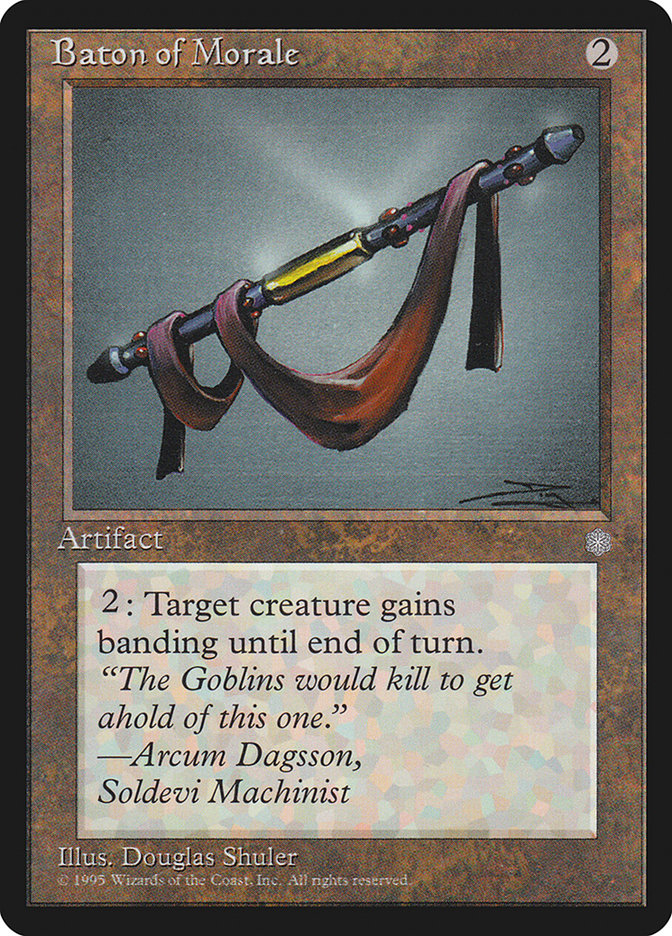
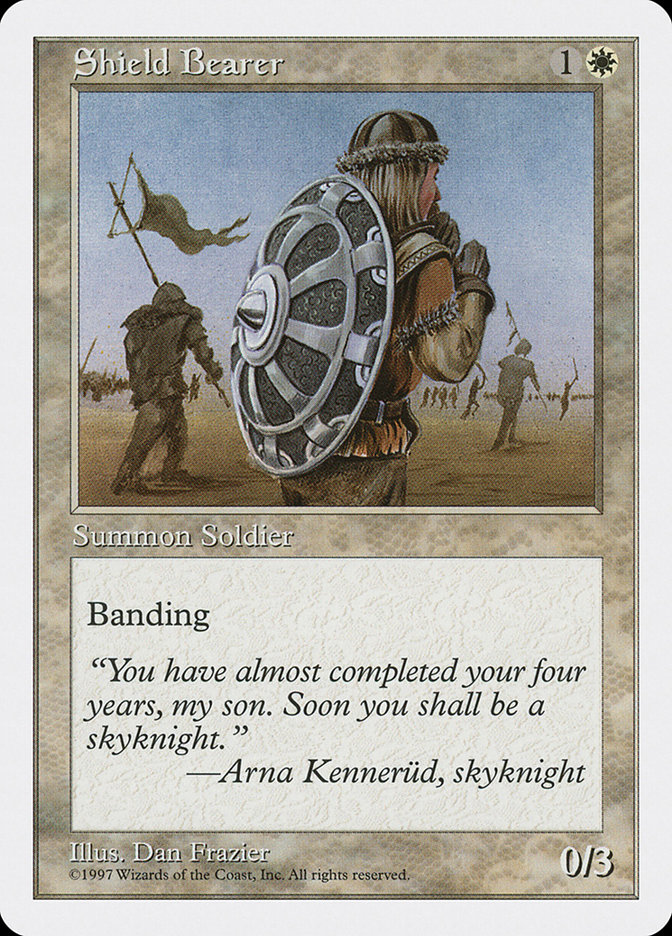

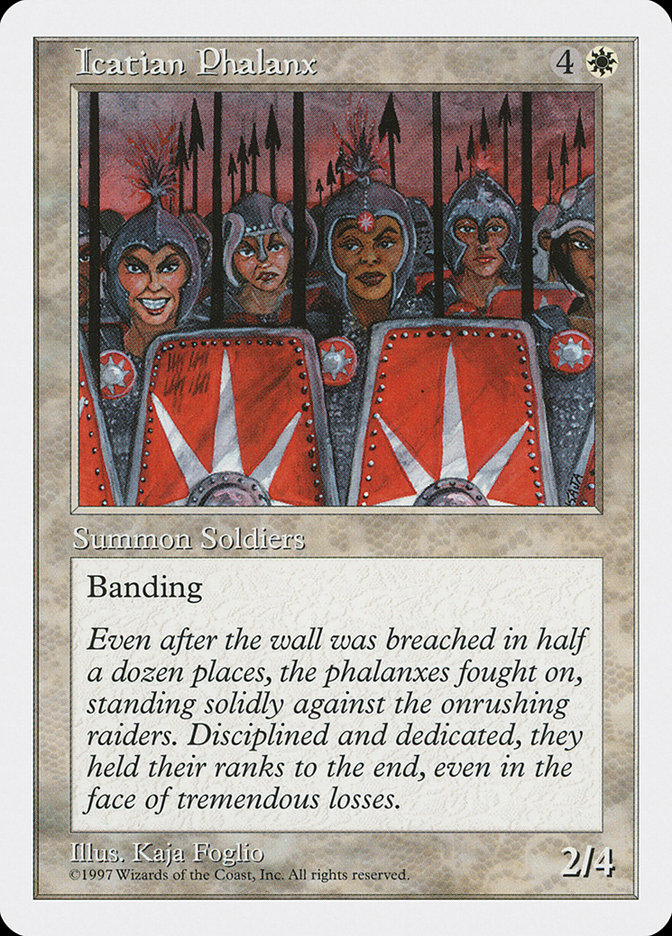


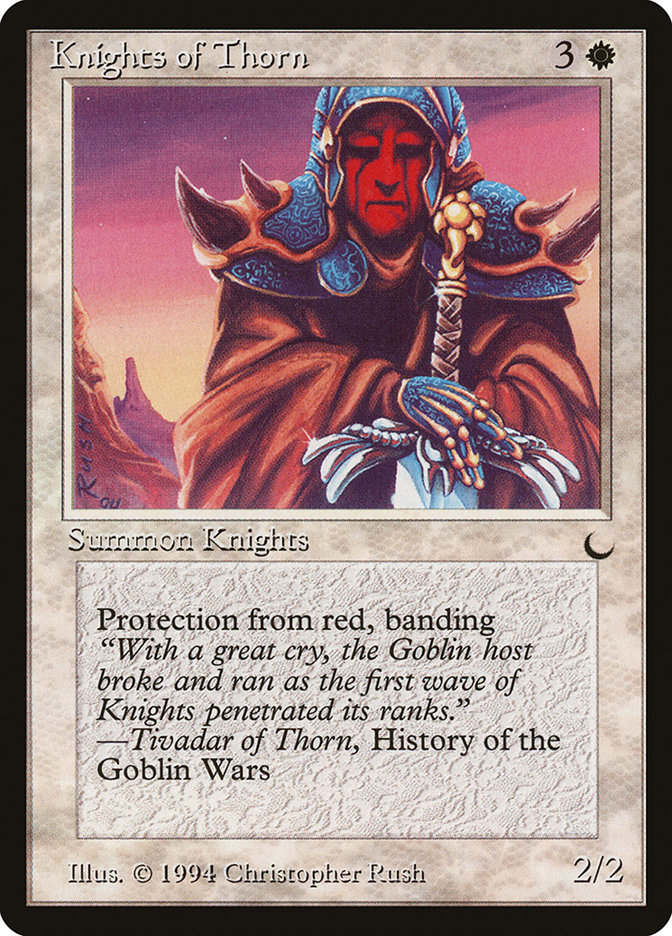
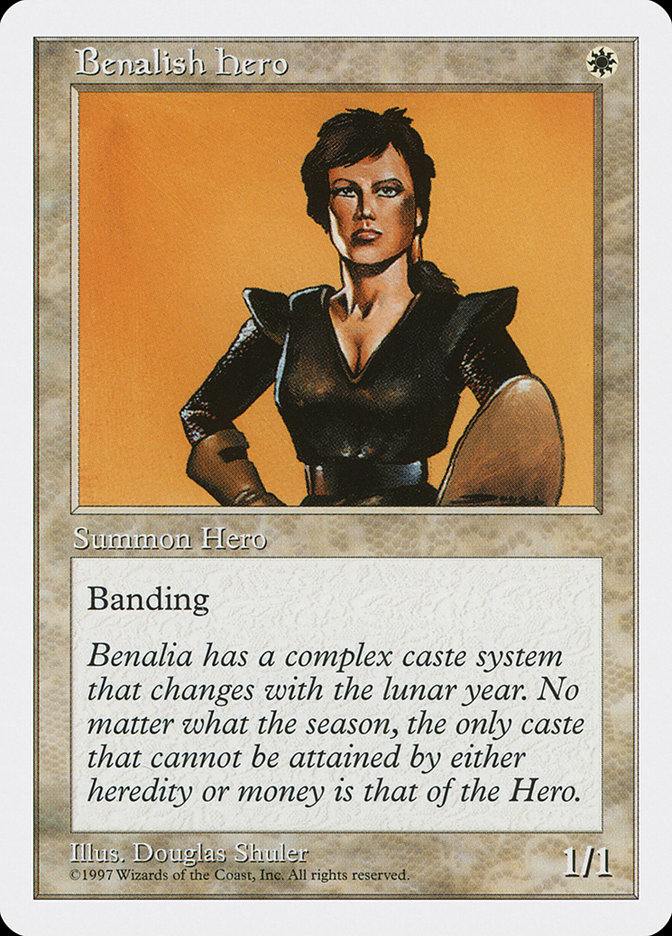
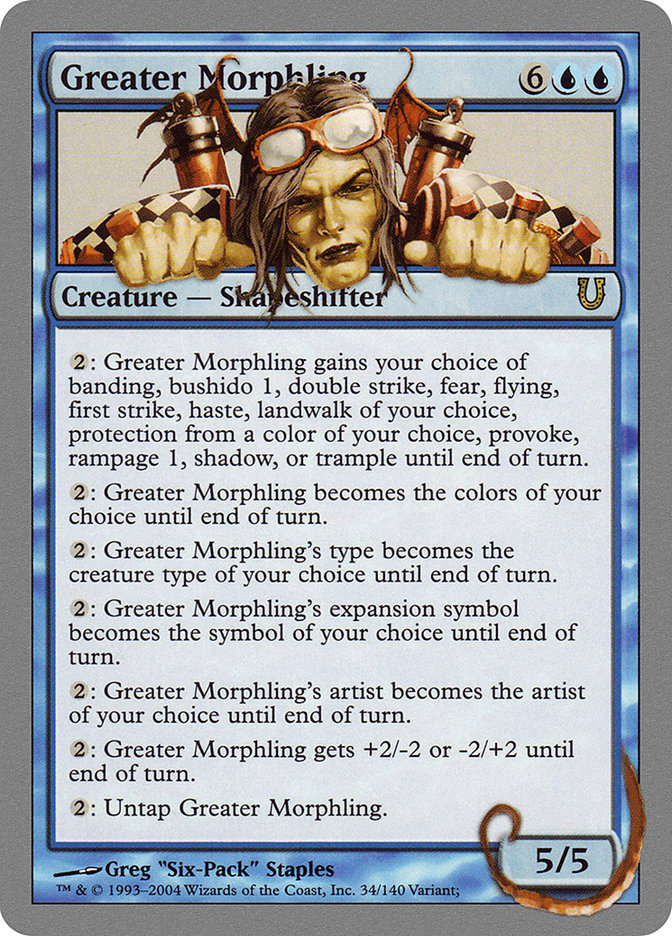
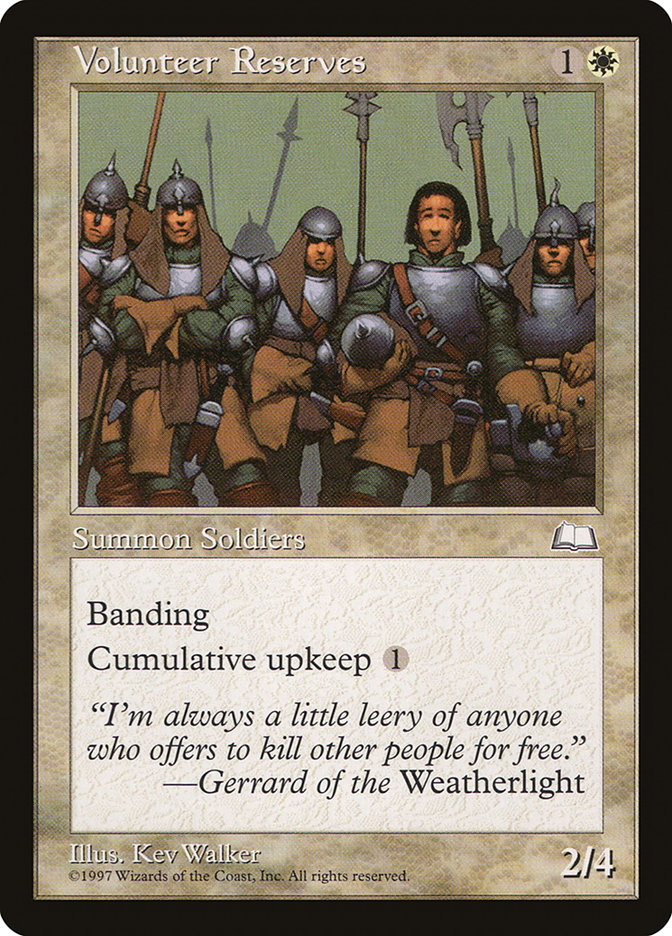
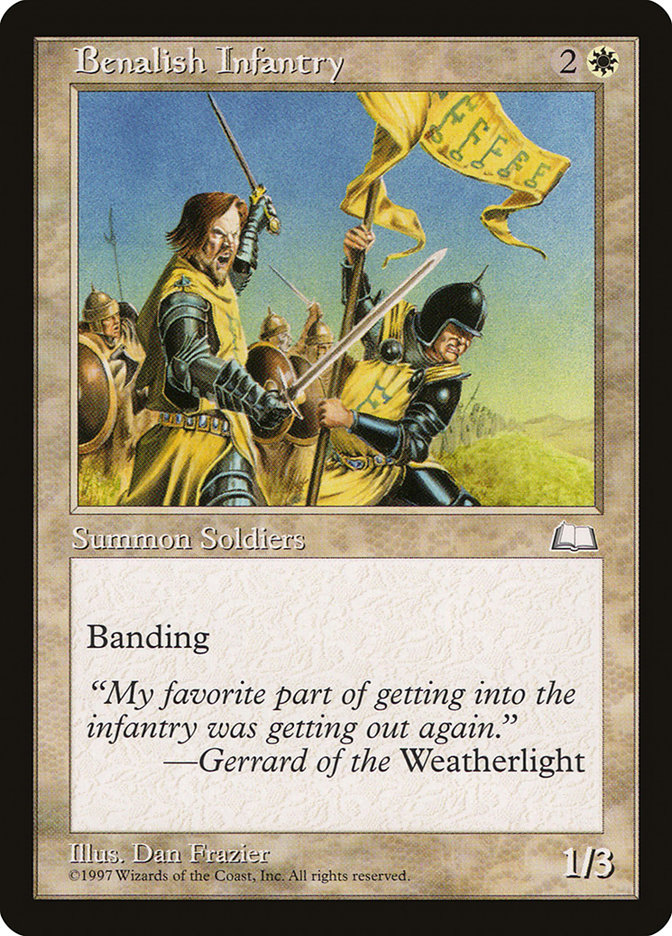
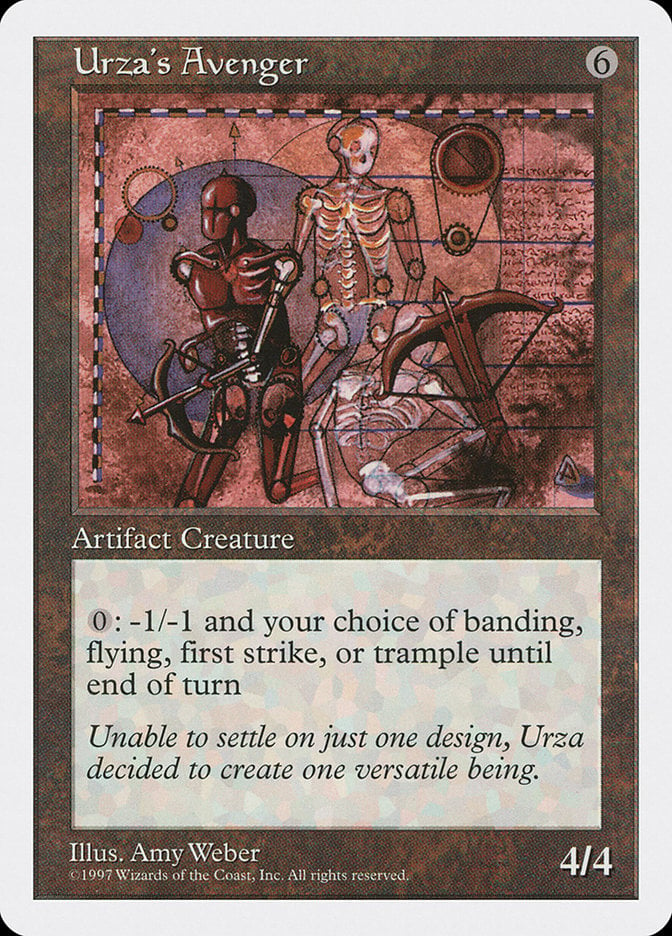
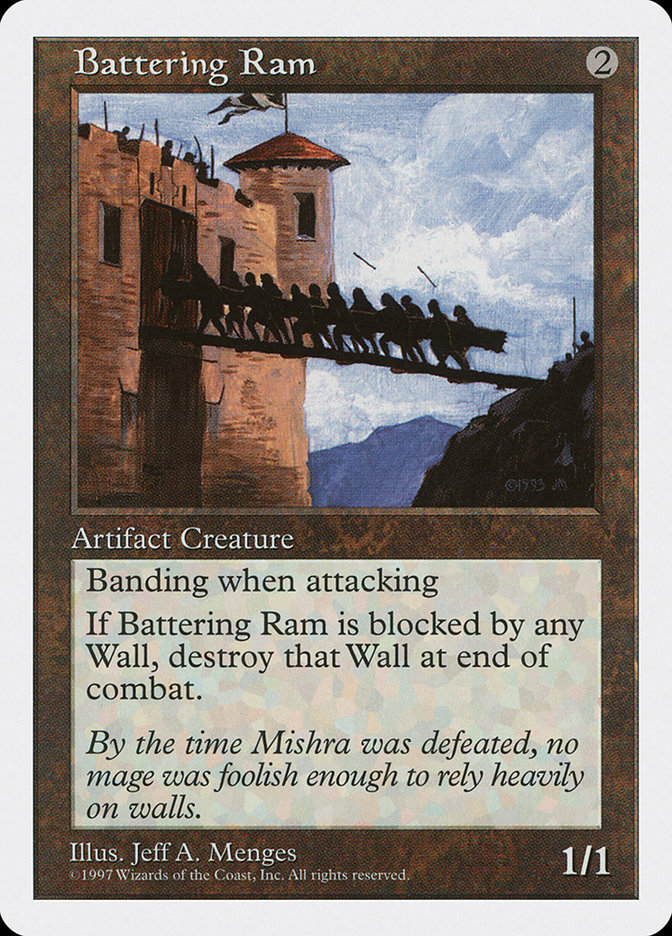
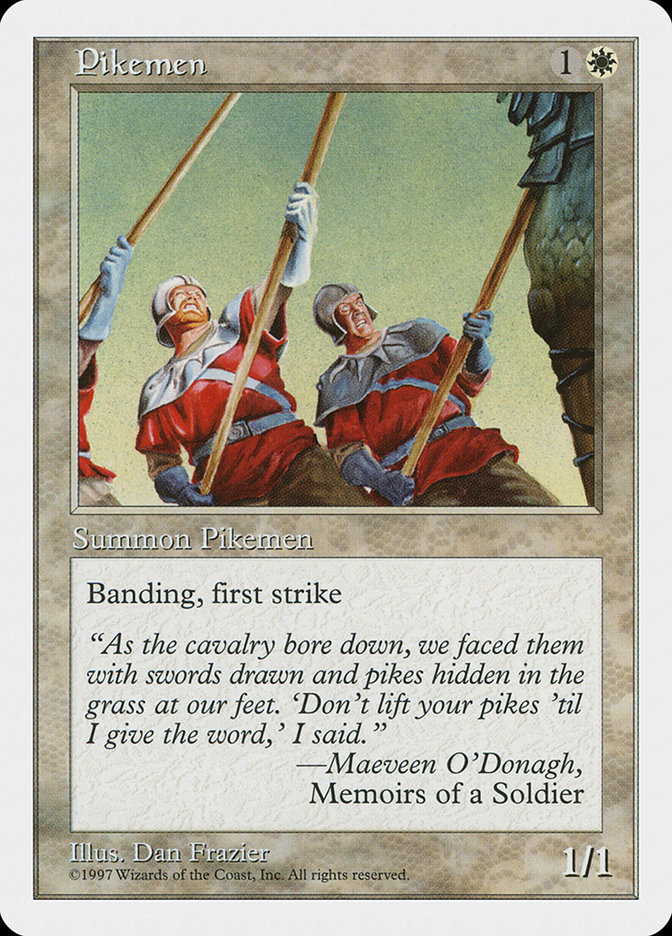


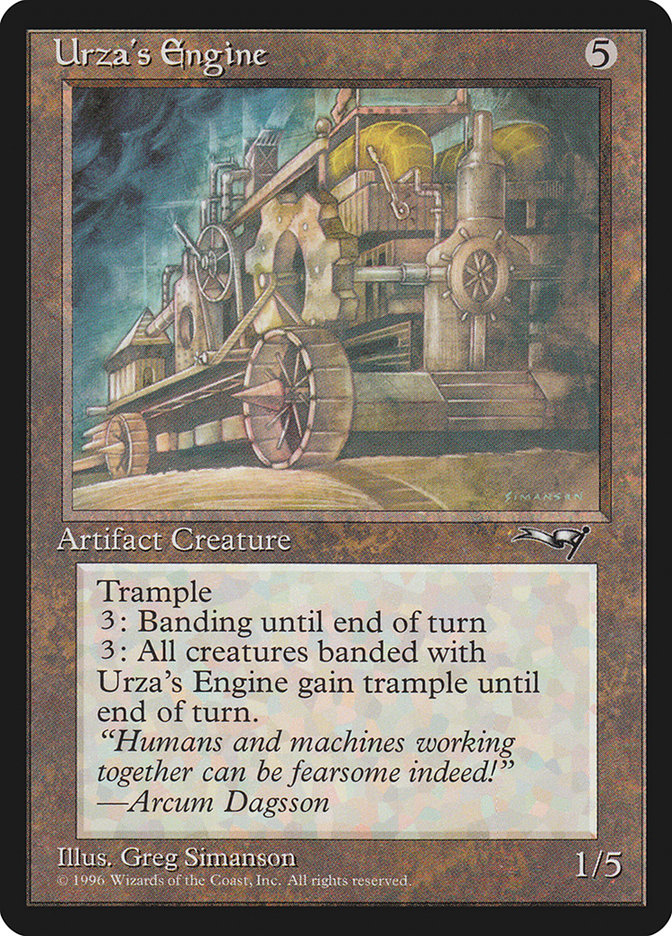
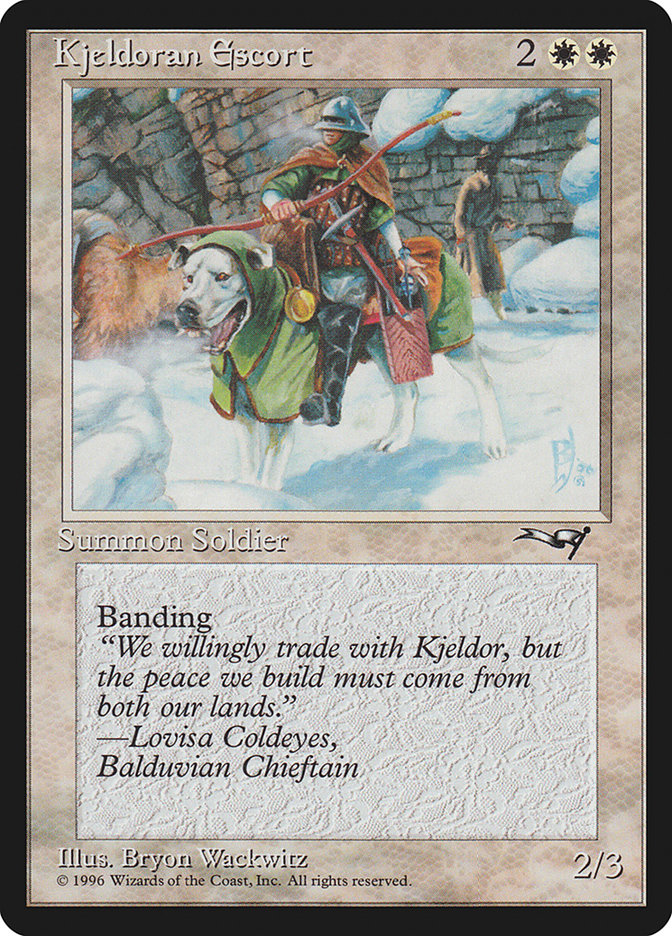
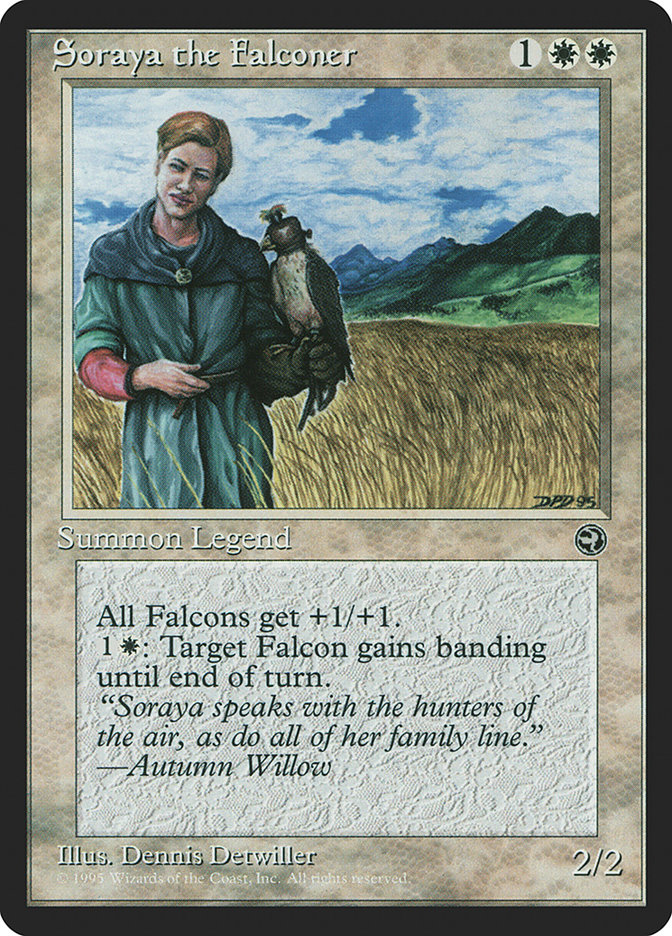
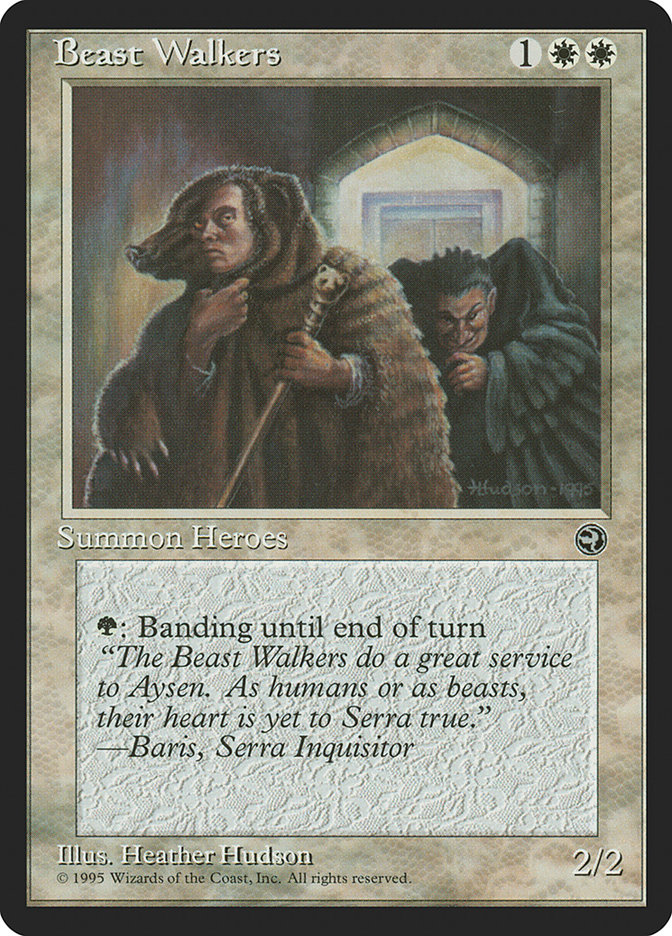
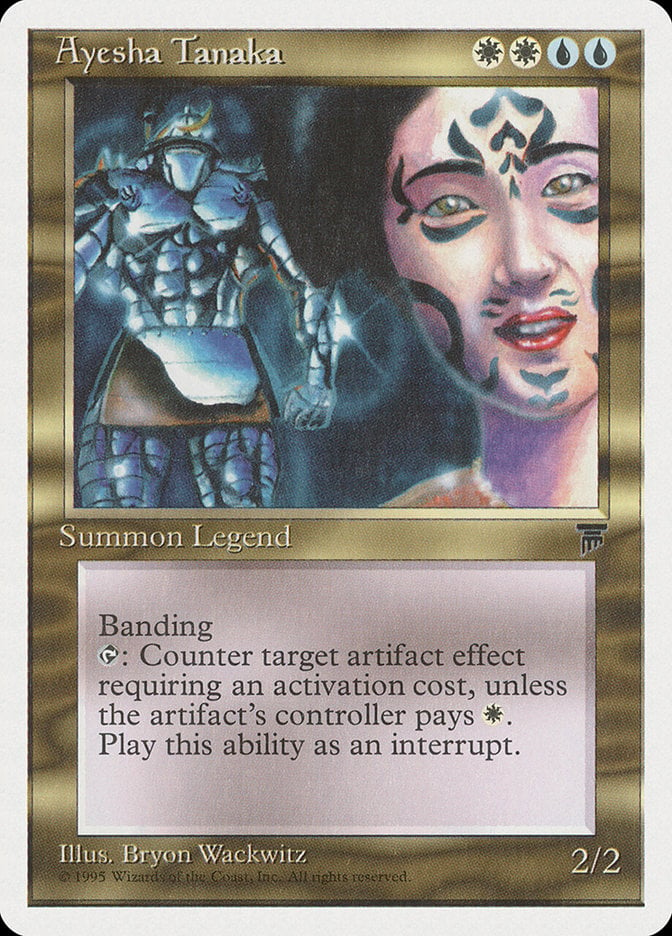
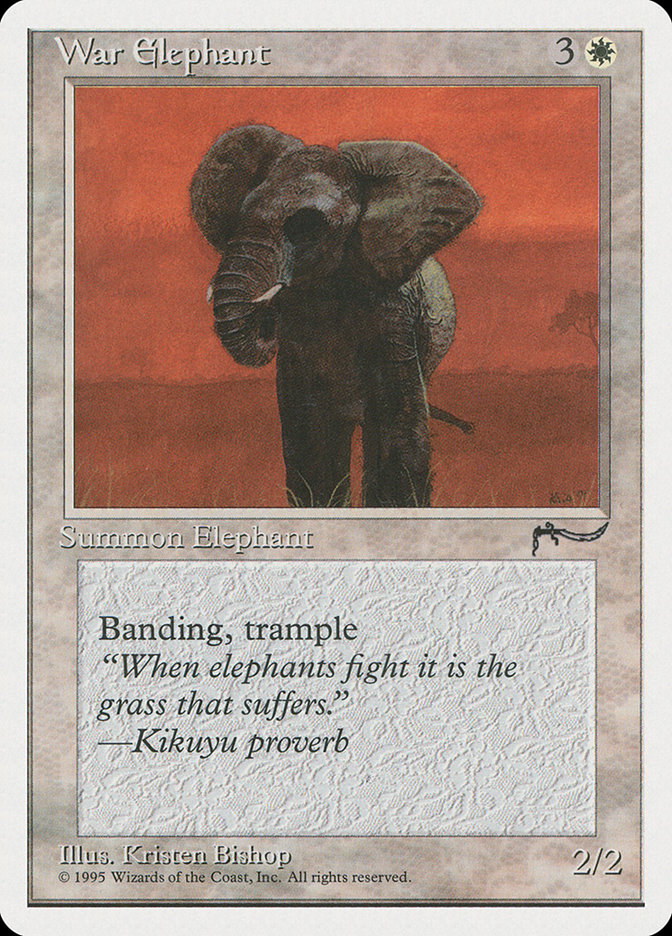


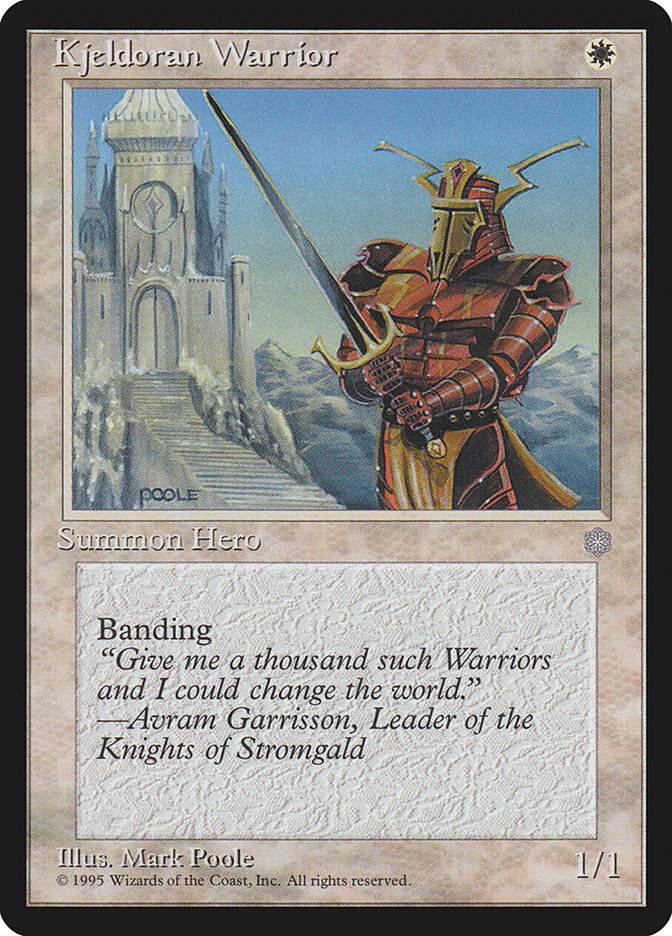
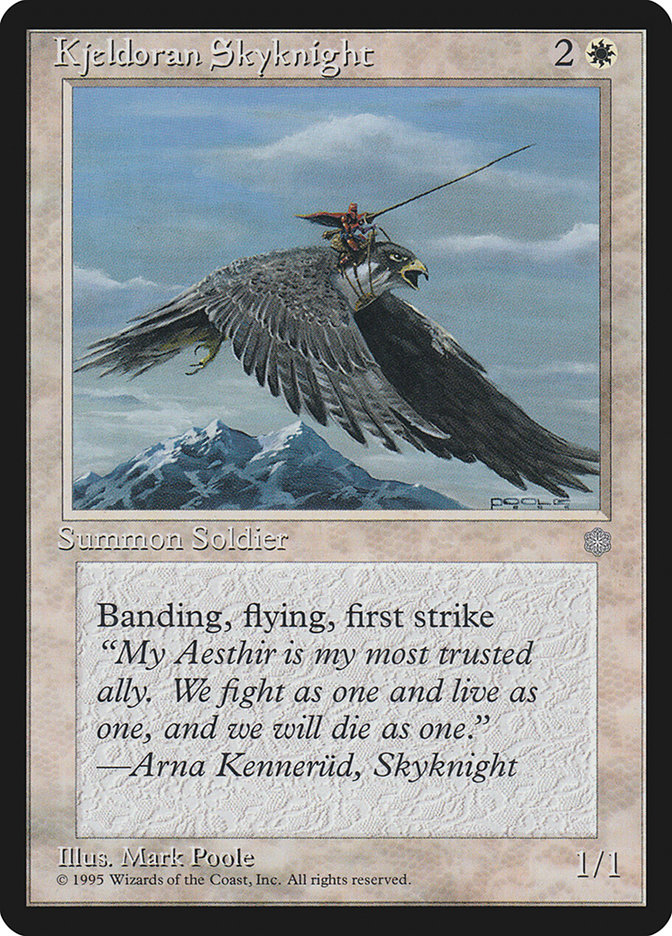
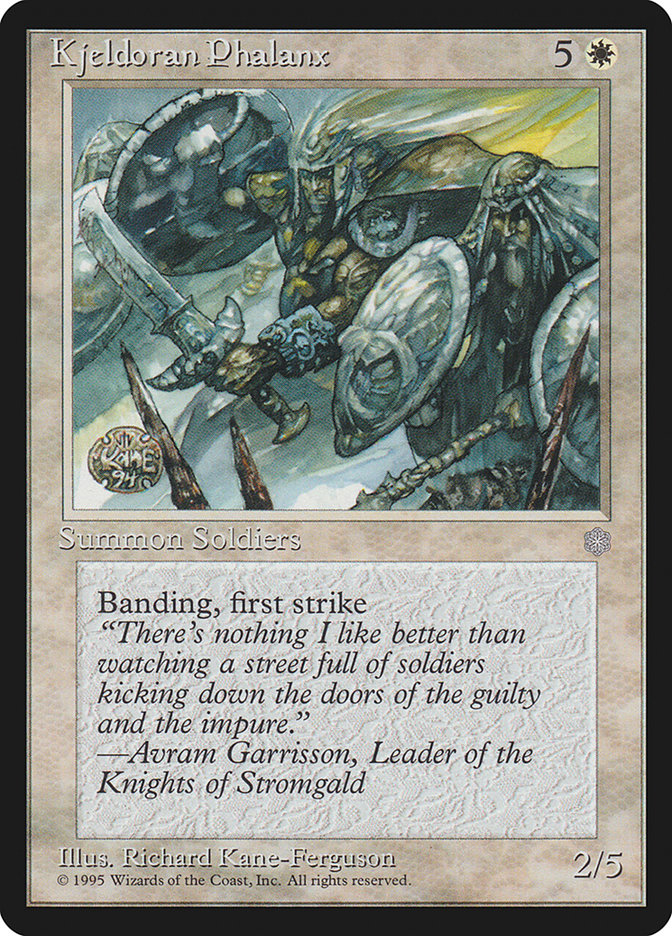
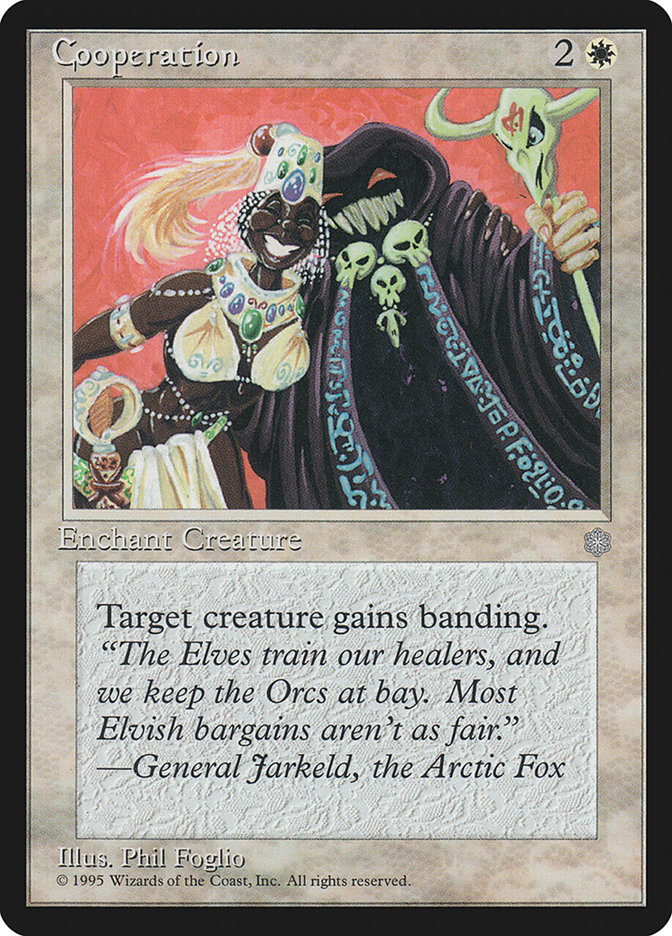
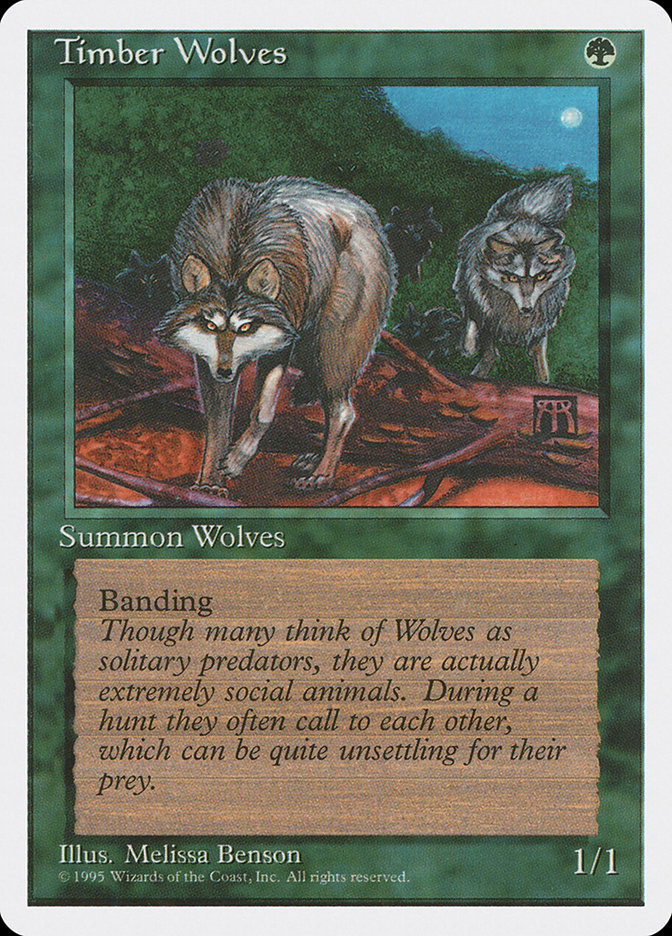
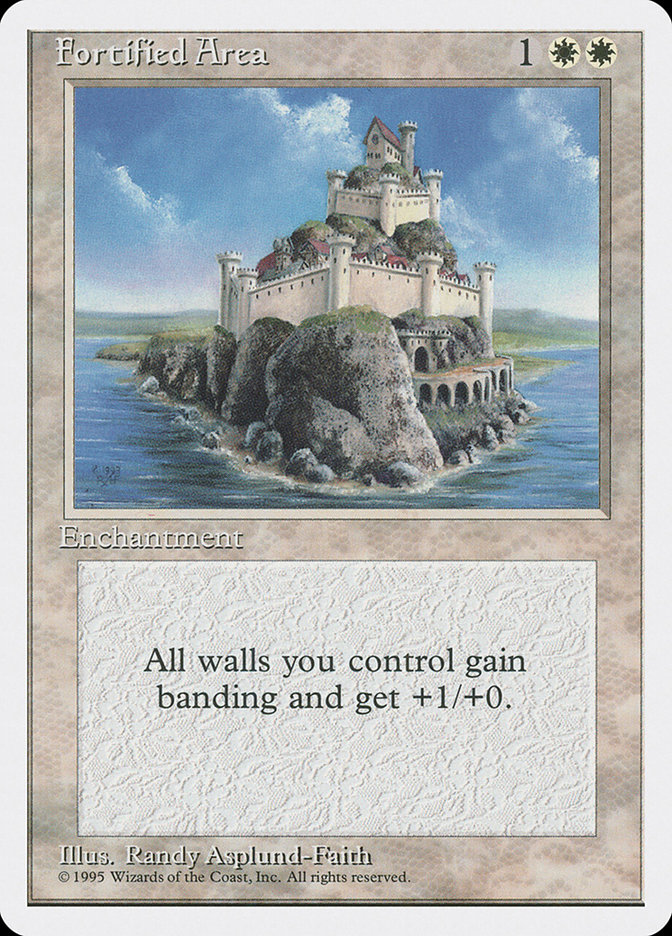
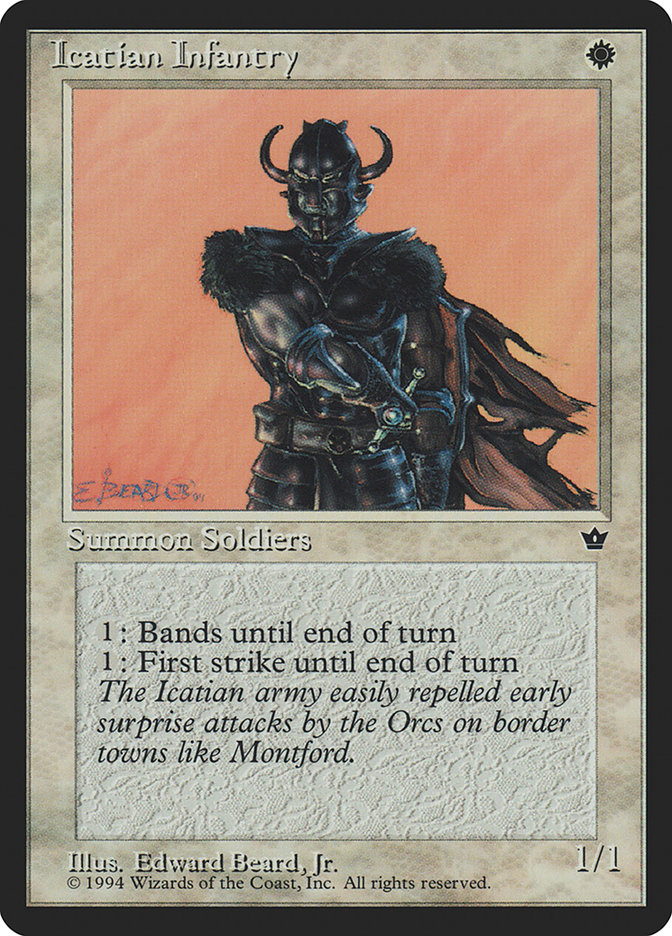
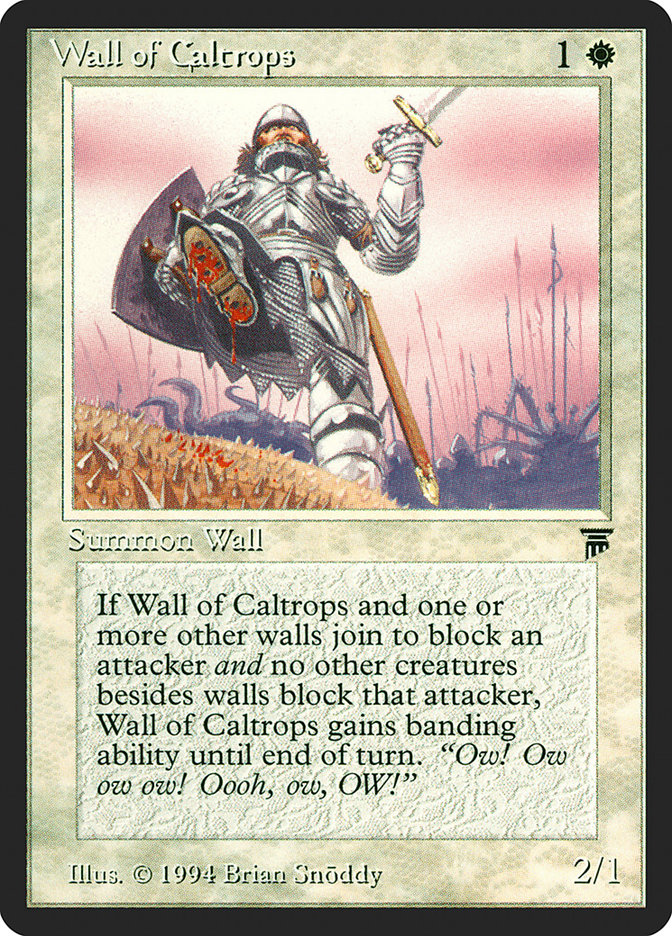
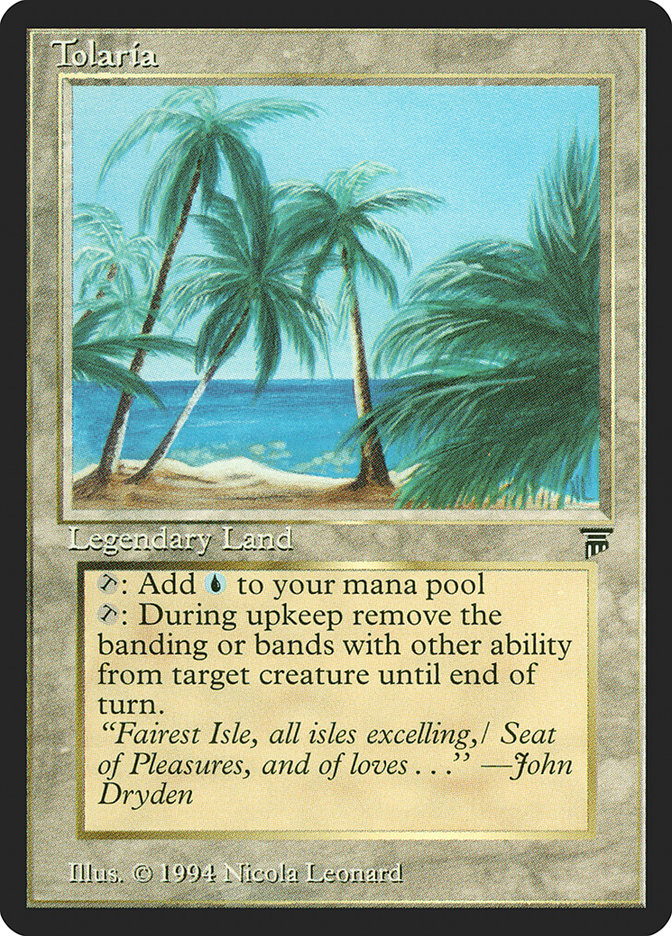
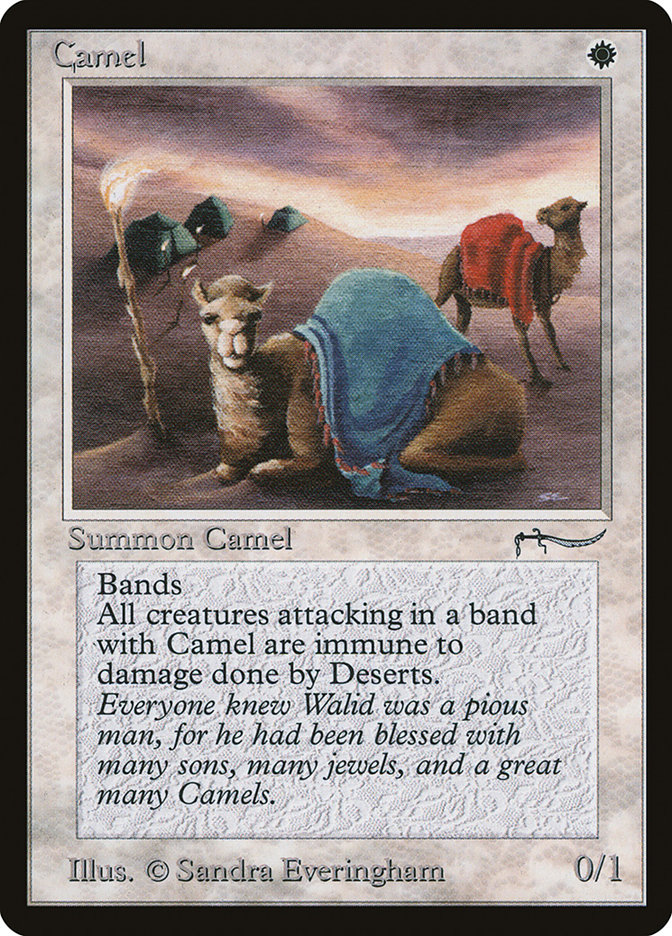
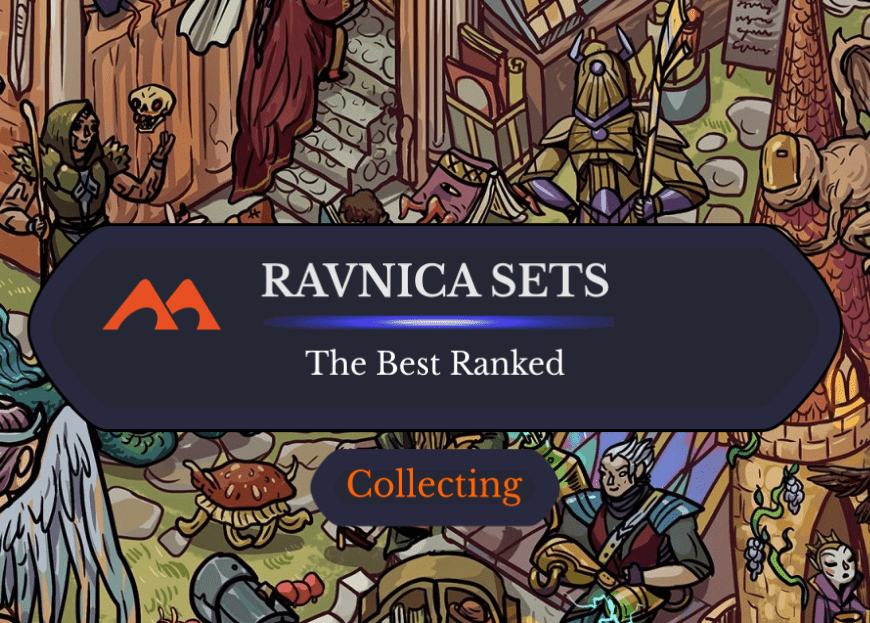

3 Comments
I believe your explanation of an attacker with Trample and a blocker with Banding is incorrect.
You stated:
“The player can’t assign more damage than their blocking creature’s toughness, and the excess damage is still assigned with trample. An interesting thing here is that the blocking player gets to assign more than just the excess damage to themselves if they want to save their creature.”
Trample rule 702.19b states:
“The controller of an attacking creature with trample first assigns damage to the creature(s) blocking it. Once all those blocking creatures are assigned lethal damage, any excess damage is assigned as its controller chooses among those blocking creatures and the player or planeswalker the creature is attacking. When checking for assigned lethal damage, take into account damage already marked on the creature and damage from other creatures that’s being assigned during the same combat damage step, but not any abilities or effects that might change the amount of damage that’s actually dealt. The attacking creature’s controller need not assign lethal damage to all those blocking creatures but in that case can’t assign any damage to the player or planeswalker it’s attacking.”
The trampler can’t assign excess damage to a player until lethal has been dealt to all blockers. But they don’t *have* to assign excess to the defending player after lethal has been dealt. (i.e., may/can vs. must/shall)
When defending, banding transfers this choice in assignment of damage from the attacker, to the defending banding controller.
Consider a scenario *without* banding: An attacking War Mammoth (3/3 trampler) is blocked by a White Knight (2/2). The white player also has a Samite Healer (1/1 tap to prevent 1 damage to target) in play. The attacker has the option to distribute the “excess” 1 point of damage to either the White Knight (to ensure it can’t be saved by the Samite Healer) or to the defending player. If the attacker assigns 2 pts to the Knight and 1 to the defending player, it allows the defender to choose whether they want to save the Knight with the Healer or lose the Knight and prevent the 1 damage that came through to the player.
If the defender somehow was able to give the White Knight banding (with Helm of Chatzuk, for example), the choices that the attacker had above are now the defender’s choices to make. Of course, if the defender could give one of their creatures banding, they would have additional options, such as blocking with the Knight and Healer, and assigning all damage to the Healer – saving the Knight and preventing any damage to the defending player. Obviously, this option is sub-optimal, but it is a legal option nonetheless.
However, one option the defending player doesn’t have in this case, is to assign 0 damager to his blocking band, and take all trample damage himself (to save his creatures); to take any of the damage himself, he would have had to assign lethal damage to all blocking creatures first.
I believe this is what makes Banding confusing for people. I don’t think the ability itself is confusing, but rather the number of possible permutations that can arise as a result.
Thanks for the correction! Not sure where that misconception came from, but yeah it’s definitely not right.
Appreciate the examples and potential options that come up with banding, a lot to take into consideration if you’re using the ability!
might be dumb but how is this suboptimal in this interaction didn’t you essentially trade a 1/1 for a 3/3 without losing any life and keeping a 2/2 does the 3/3 somehow not die?
Add Comment